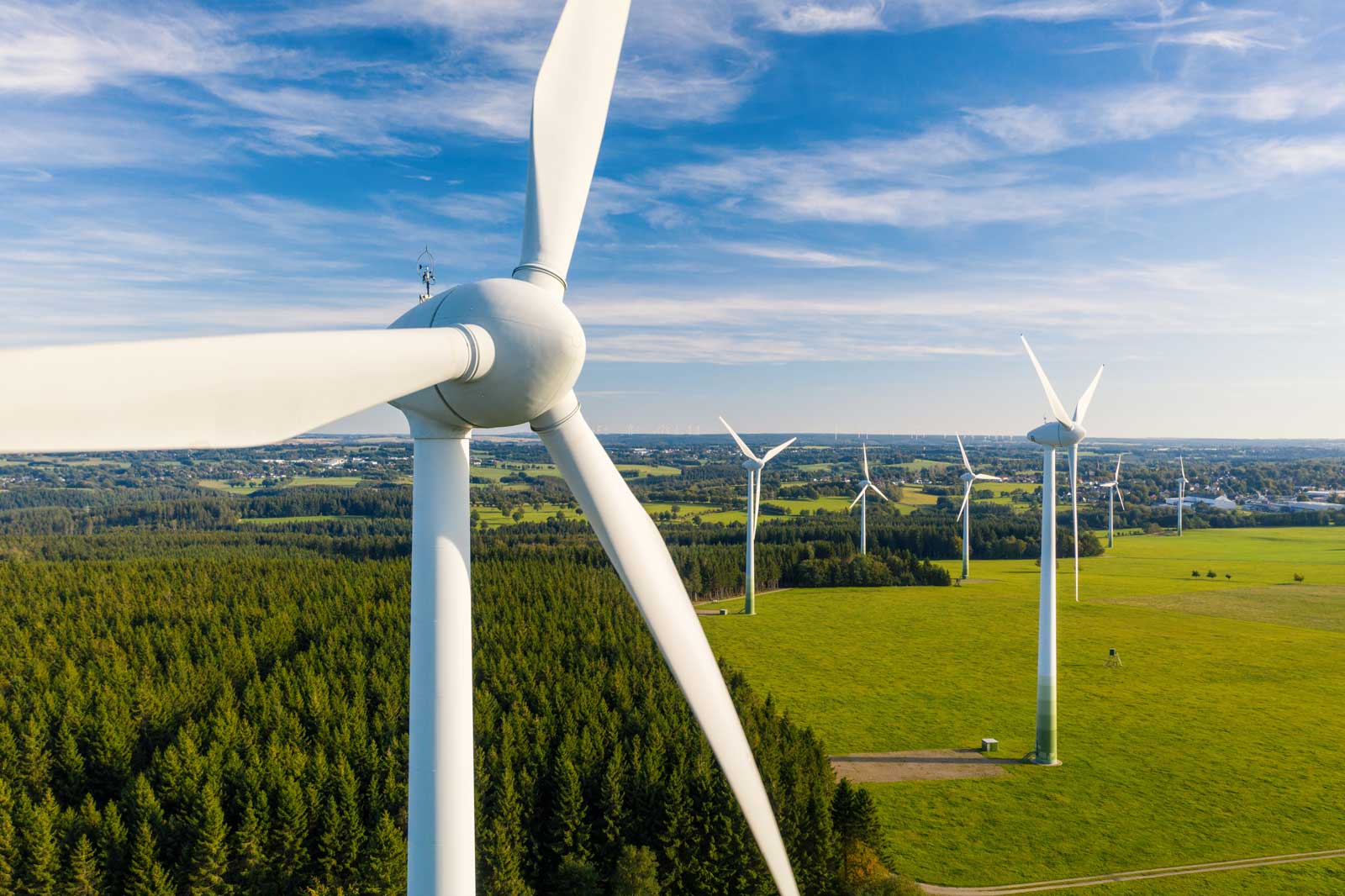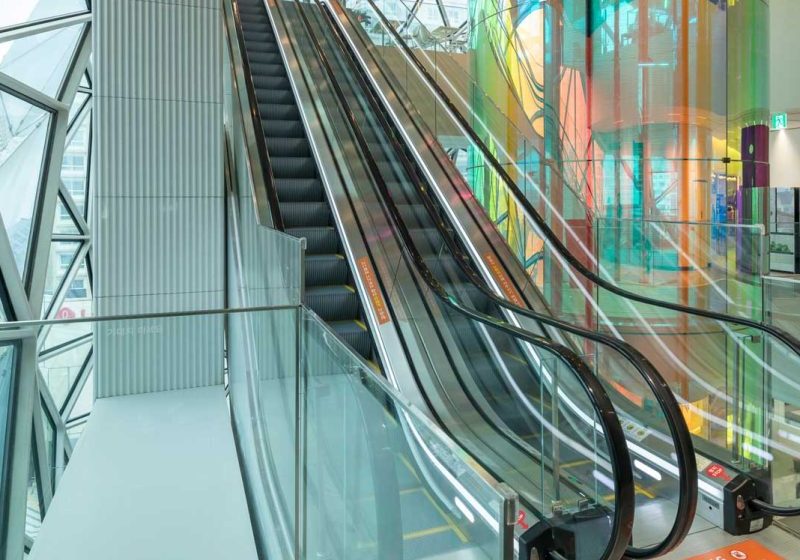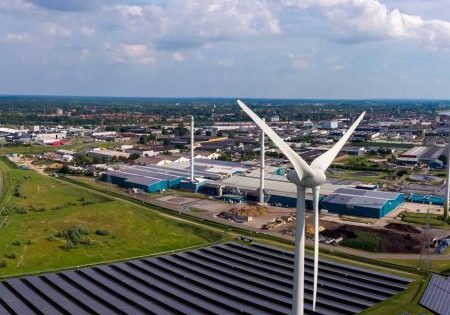The future of the world we live in may well depend on how we build in the future. Let’s face it, we are not going back to low-rise buildings that take up more land. We need the land to feed the world’s growing population. No, we are clearly going up, and until we learn to “beam up,” we will need elevators. The December 2022 International Elevator and Escalator Symposium focused on the future, specifically 2030, only seven years away. The next event in December 2023 will focus on Sustainability, so we are looking ahead to that focus in this issue. The key difference between sustainable buildings and green buildings is that sustainable buildings operate with all three sustainability pillars in mind (people, planet and profit), whereas green buildings focus solely on the environment. What does that mean? These buildings will have to be energy neutral, people friendly and function flexible.
It seems that many in the vertical-transportation (VT) industry are thinking about this subject, as we have eight articles that focus either on Sustainability in buildings or in their company.
- Elevating the Bar by Viswesh Vancheeshwar. The author highlights how the VT industry has begun to embrace sustainability and the reasons for the shift.
- Reducing Energy Consumption by an Optimization Algorithm in Elevator Group Control by Anton Glad, Juho Kokkala, Mirko Ruokokoski, Janne Sorsa and Toni Tukia. Modern controls focus on passenger service optimization, but a new control algorithm can save energy and not sacrifice service.
- Going Green in Singapore. The Otis group in Singapore is converting all vehicles to electric by 2029. The effort joins others in Europe and North America.
- “Lifestyle Destination” by Kaija Wilkinson. TKE elevators are a key part of the Midtown Union mixed-use towers in Atlanta. With regenerative drives, energy usage is reduced by 70%.
- Environmental Impact of Lifts: the EPD by Giuseppe Iotti. The author reviews the environmental product declaration and its geographical variations and trends.
- Powering Up by Philip W. Grone. The race to improve energy efficiency is on, and the elevator industry is striving to be an asset by producing more energy than it uses.
- Using Circular Economy Business Models and Life Cycle Assessment to Improve the Sustainability of Elevators by Marco Tomatis, et al. The goal of the study was to assess the environmental impact of refurbishing an elevator drive versus installing a new drive.
- Elevators and the Environment by Fernando Guillemi and Alea Guillemi. Your authors examine how pollution by carbon dioxide and contamination by spills can be avoided. They also examine the human resources used from sales to after sales.
We also offer a Continuing Education article this month: Electrically Based Intelligent Escalator Braking Systems by Kevin Seaborne, Lutfi Al-Sharif and David Austin. The authors outline the benefits and problems involved in braking systems and how smart escalator braking works.
Two features in this issue present beauty in VT from widely different areas: Sea & Sky by Wilkinson presents an “On Camera” of the W Barcelona Hotel with elevators by FAIN Ascensores, a partner with Mitsubishi. Across the world, Point of Gravity highlights the TKE escalators in the Galleria in the South Korean town of Gwanggyo near Seoul, giving the town a new sense of permanence.
Imagine elevators without buttons. We may be headed back in that direction with voice command and digital operation from your phone along with “touchless” operation. But we had to actually get those buttons. Our historian, Dr. Lee Gray, writes The History of Operatorless Elevators: Push Button Control 1886-1895. The inventions and inventors in this period established a critical baseline for all future work.
We hope you enjoy this issue. Either way, let me know.
Get more of Elevator World. Sign up for our free e-newsletter.










